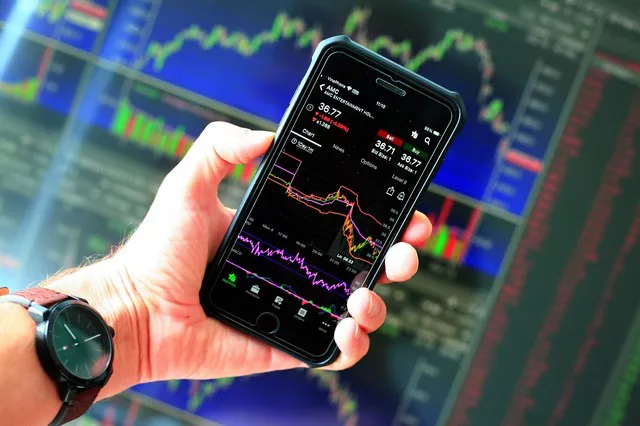Futures contracts are popular financial instruments used by traders and investors to speculate on the future price movements of various assets. One important aspect to understand when trading futures is the duration of these contracts. In this article, we delve into the intricacies of futures contract durations, including their standard lifespan and factors that can impact their duration.
Definition of Futures Contract Duration
Lifespan: The duration of a futures contract refers to the period from its inception to its expiration. During this time, traders can buy or sell the contract, enter or exit positions, and take delivery or settle in cash, depending on the nature of the contract.
Predefined Expiration: Unlike other financial instruments, futures contracts have a predetermined expiration date specified by the exchange on which they are traded.
Standard Duration of Futures Contracts
Contract Months: Futures contracts are typically categorized into different contract months, representing specific periods during which the contract is active.
Common Contract Months: The most actively traded futures contracts often have several contract months available, such as the current month, the next few consecutive months, and some further out in the future.
Quarterly Contracts: Some futures contracts follow a quarterly cycle, with contract months in March, June, September, and December.
Roll Over and Expiration
Rollover Process: As a futures contract approaches its expiration date, traders may choose to “roll over” their positions by closing the expiring contract and simultaneously opening a new contract with a later expiration date. This allows traders to maintain exposure to the underlying asset beyond the original contract’s lifespan.
Expiration Date: On the expiration date, the futures contract ceases to exist. Traders who have not rolled over their positions or taken delivery of the underlying asset will typically settle their contracts in cash.
Factors Influencing Contract Duration
Market Demand: The popularity and trading activity of a futures contract can influence its duration. Contracts with high liquidity and trading volumes are more likely to have multiple contract months available and a longer lifespan.
Underlying Asset Characteristics: The nature of the underlying asset can also impact the duration of futures contracts. For example, agricultural commodities may have contracts with specific delivery months tied to growing seasons.
Market Conditions: In certain market conditions, such as extreme volatility or disruptions, exchanges may introduce additional contract months or adjust expiration dates to accommodate market participants’ needs.
Special Situations: Physical Delivery and Cash Settlement
Physical Delivery: Some futures contracts involve the physical delivery of the underlying asset upon expiration. In such cases, traders need to make arrangements for delivery or close their positions before the delivery date.
Cash Settlement: Alternatively, certain futures contracts are cash-settled, meaning that upon expiration, the contract is settled financially based on the underlying asset’s reference price. No physical delivery of the asset takes place.
Conclusion
Understanding the duration of futures contracts is essential for anyone involved in futures trading. Traders must be aware of the standard lifespan of contracts, the process of rolling over positions, and the factors that can influence contract durations. By grasping the concept of futures contract duration, traders can effectively manage their positions, plan their trading strategies, and make informed decisions throughout the lifecycle of their futures contracts.


